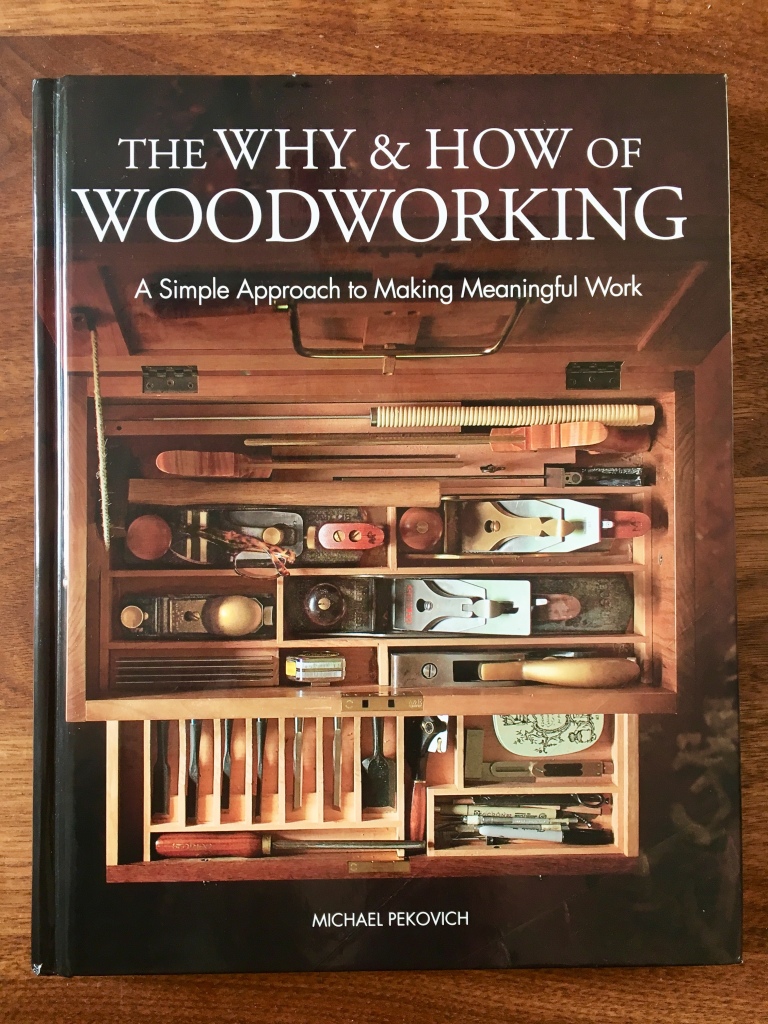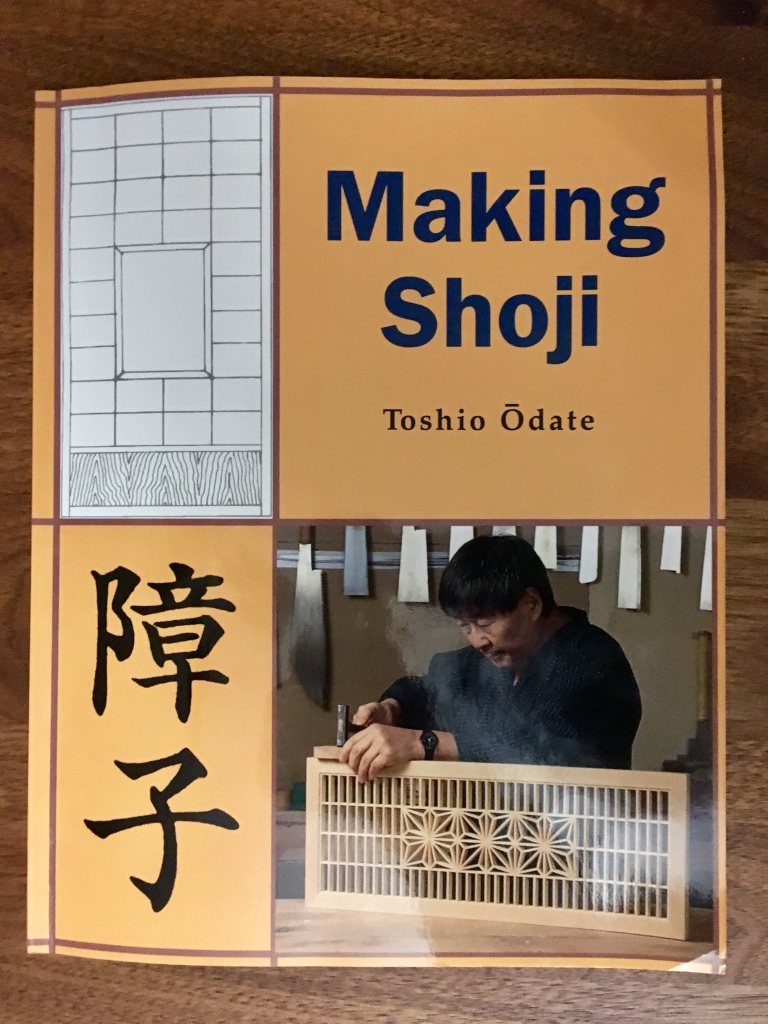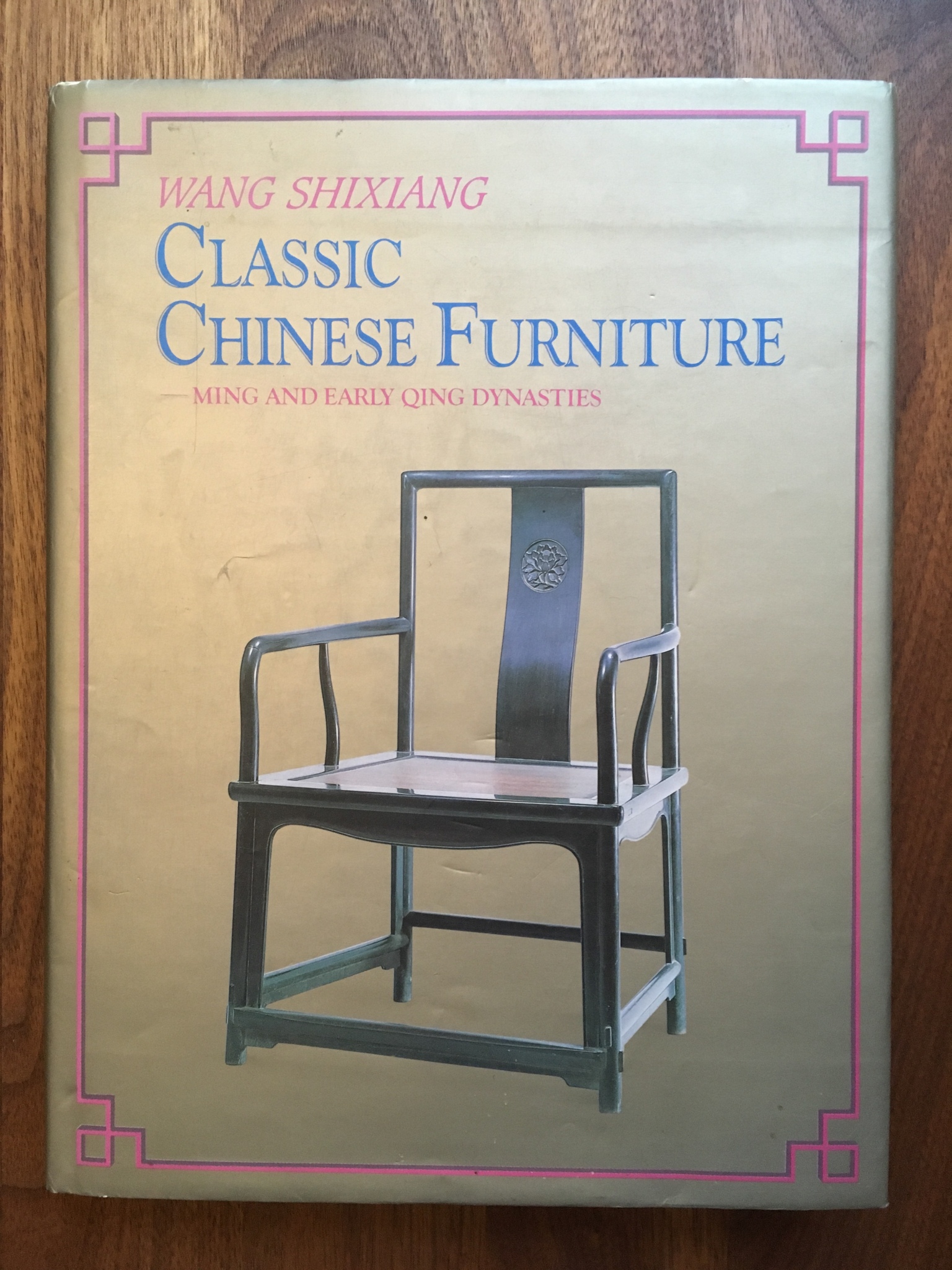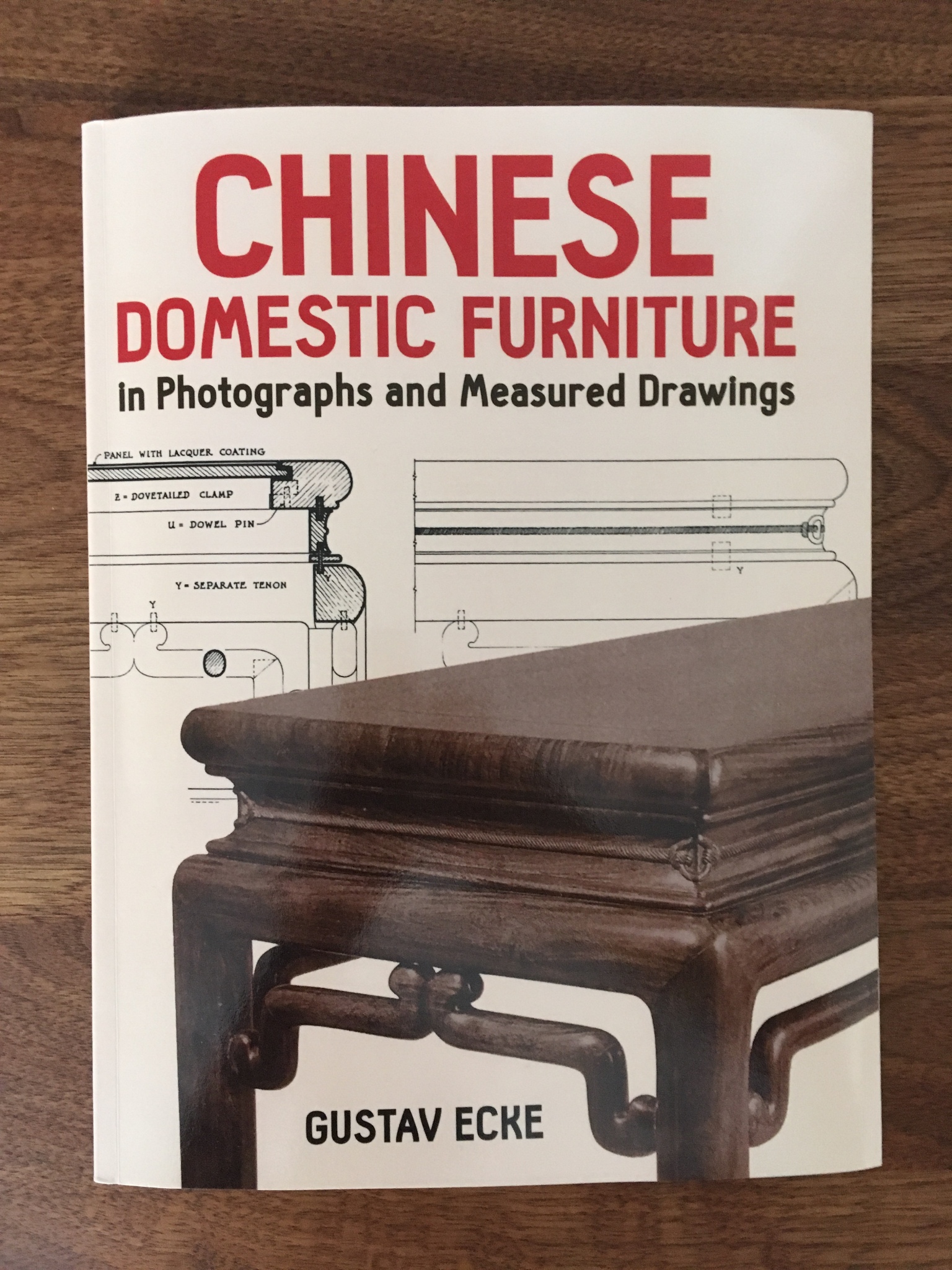The Why & How of Woodworking
Michael Pekovich, The Why & How of Woodworking, Taunton Press, 2018

When most of us say we’ve been working on a project for six months, what we probably mean is that we spent five and a half months of that time not working on it. When I’m asked how can I get so much woodworking done with such a busy schedule, the most important reason is that I make a point to go into my shop just about every day. That rarely means a full day and often means as little as 15 minutes or so. The important thing is to get in there. No matter how slowly a project may feel like it’s progressing, it will be moving forward if you continue to chip away at it.



 Gustav Ecke, Chinese Domestic Furniture, Dover Publications, 1986
Gustav Ecke, Chinese Domestic Furniture, Dover Publications, 1986